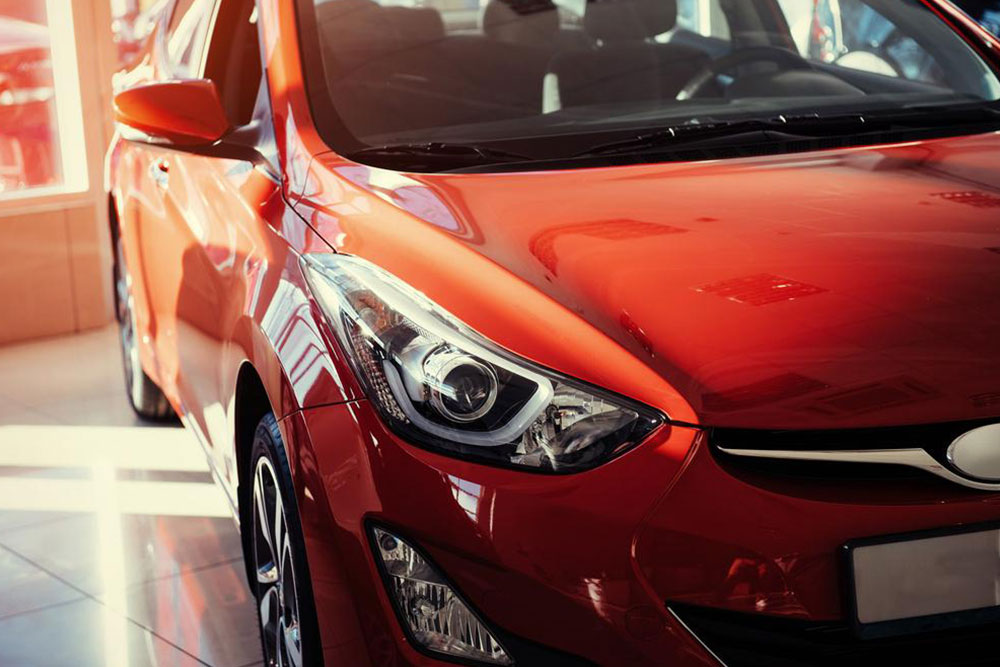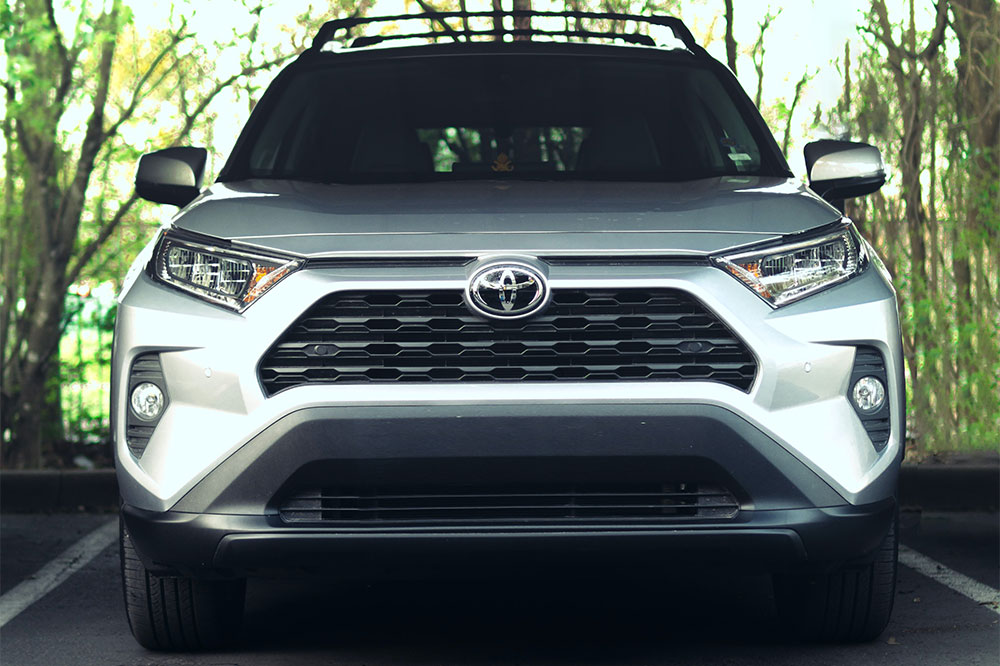Essential Factors for Ensuring Vehicle Safety in Modern Automobiles
This comprehensive article explores the critical factors that contribute to vehicle safety, including advanced crash tests, structural integrity, modern safety features, and safety technology integration. It emphasizes the importance of selecting vehicles with proven safety performance and innovative accident prevention systems. Ideal for those interested in automotive safety technology and the latest in vehicle safety standards, this guide offers valuable insights into how automakers prioritize occupant protection and how consumers can choose safer vehicles for their peace of mind on the road.

Essential Factors for Ensuring Vehicle Safety in Modern Automobiles
In today’s automotive industry, vehicles are designed with an emphasis on both style and performance, featuring sleek aesthetics, robust engines, luxurious interiors, and an array of technological enhancements. Despite these advancements, passenger safety remains the primary concern for automakers worldwide. Significant investments are poured annually into researching and developing cutting-edge safety systems aimed at minimizing accidents, preventing injuries, and enhancing occupant protection during collisions. The evolution of vehicle safety technology continues to transform the driving experience, prioritizing not just comfort and convenience but also the well-being of drivers and passengers.
Leading organizations like the Insurance Institute for Highway Safety (IIHS) and the National Highway Traffic Safety Administration (NHTSA) undertake rigorous evaluations of vehicles, analyzing various safety features and crashworthiness. These evaluations help identify the safest vehicles on the road based on comprehensive testing protocols, including multiple crash scenarios designed to simulate real-world accidents. The latest assessments of 2017’s safest vehicles highlight a diverse lineup of models renowned for their advanced safety features and structural integrity.
Some of the standout models recognized for their safety performance include:
Chevrolet Volt
Mazda 3
Volkswagen Jetta
Audi A4
Lexus RC
Toyota RAV4
Honda Pilot
Acura MDX
Mercedes-Benz GLE-Class
Chrysler Pacifica
Honda Ridgeline
Vehicles undergo comprehensive crash tests designed to evaluate their ability to withstand and absorb impact forces during collisions. These tests include:
Moderate overlap frontal crash tests
Small overlap frontal crash tests
Side impact crash tests
Roof strength assessments
Head restraint evaluations
The frontal crash tests simulate head-on collisions across different impact zones, assessing how well the vehicle can protect occupants during such events. Side impact tests measure the vehicle’s capacity to absorb crash energy from the sides, vital for side collision safety. Roof strength tests determine the structural integrity and rollover resistance of the vehicle, ensuring occupants are protected during rollovers. Head restraint assessments focus on preventing neck injuries by evaluating the effectiveness of the head and neck support systems in reducing whiplash and similar injuries.
Vehicles that pass these stringent standards are listed among the safest cars available, offering peace of mind to drivers and passengers. Furthermore, automakers incorporate advanced crash prevention technologies that aim to avoid accidents altogether, including automatic emergency braking, lane-keeping assist, blind-spot monitoring, and adaptive cruise control. These systems constantly monitor the environment surrounding the vehicle and intervene proactively to prevent collisions.
Another critical aspect of vehicle safety is lighting technology. Modern vehicles are equipped with highly efficient headlights that provide superior brightness and visibility, allowing drivers to anticipate obstacles and navigate safely, especially during adverse weather conditions or nighttime driving.
As technological advancements accelerate, automakers are innovating and rolling out new safety features annually. When purchasing a new vehicle, consumers should prioritize models equipped with the latest safety innovations. Choosing vehicles with comprehensive safety packages can significantly reduce risks and enhance overall road safety, ultimately protecting lives and reducing injury severity in accidents.





